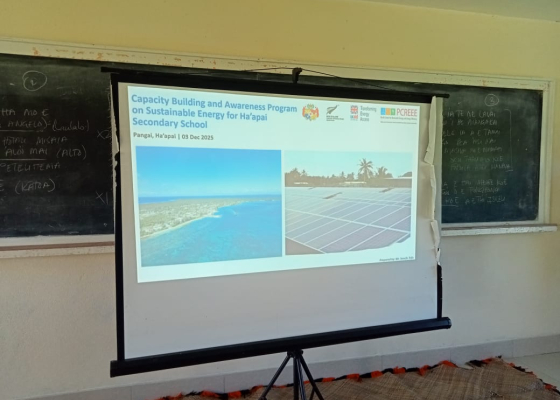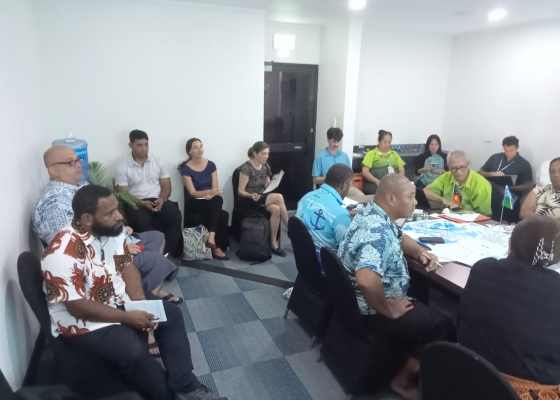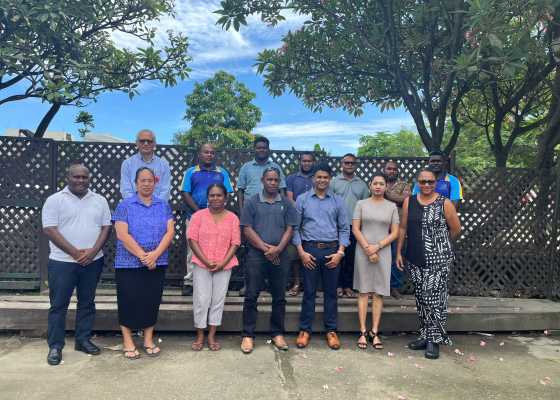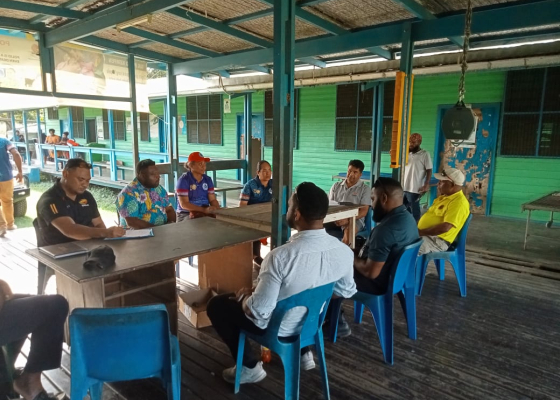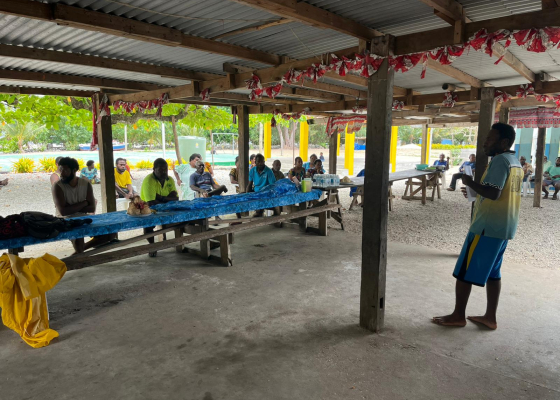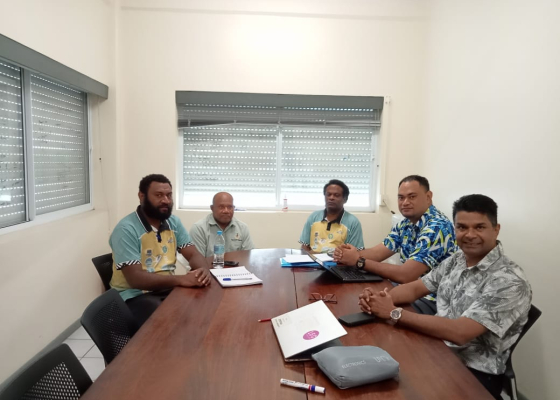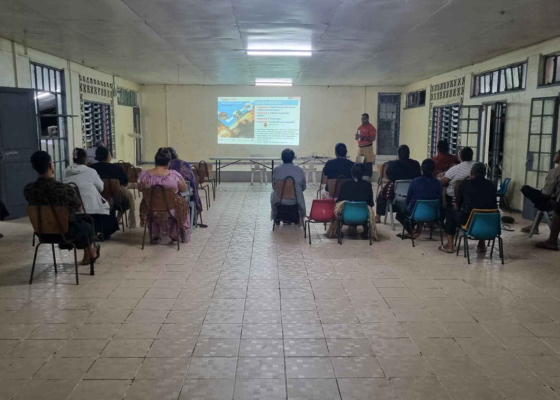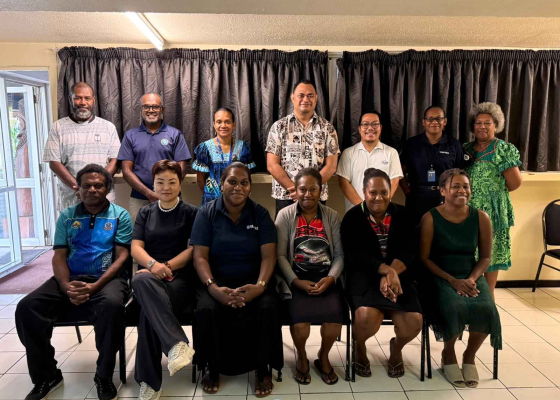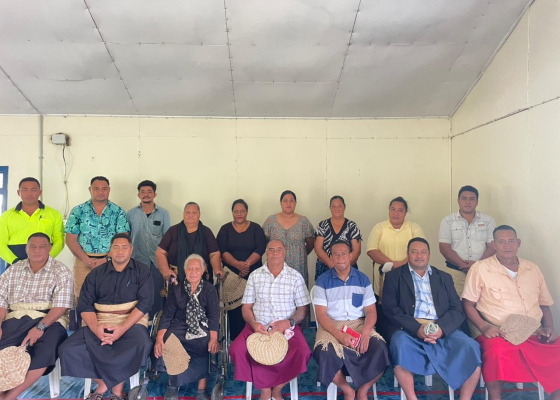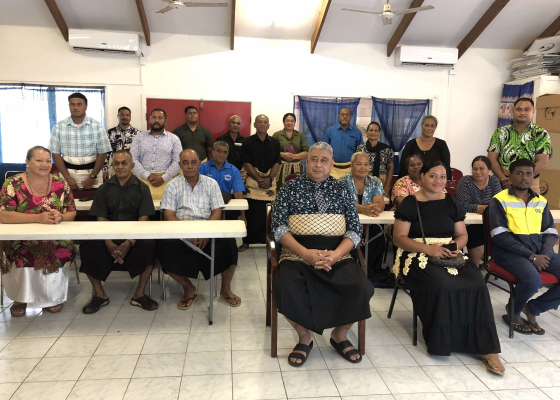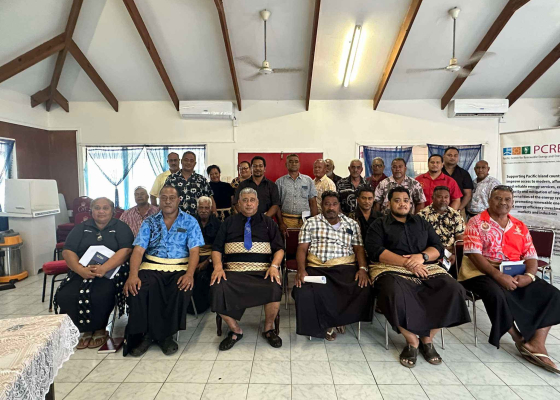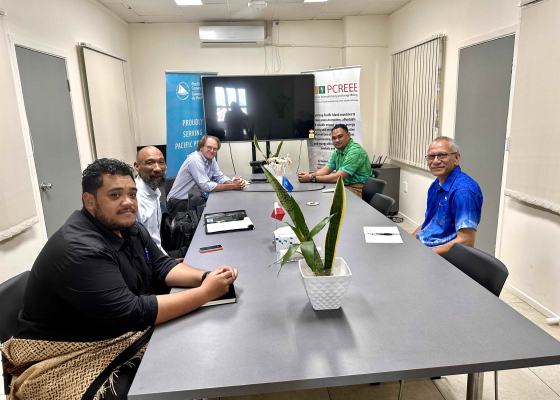Pacific Efficient Lighting Strategy (PELS): 2016 – 2020
The Pacific Island countries and territories (PICTs) suffer disproportionately from the adverse consequences of climate change. The Intergovernmental Panel on Climate Change (IPCC)’s 5th Assessment Report identifies small Island developing states (SIDS) as among the most vulnerable countries in the world to the impacts of climate change. Rising sea levels, warming ocean temperatures, changing rainfall patterns, and increasing frequency and strength of cyclones are already having an impact on Island livelihoods, freshwater resources, coastal settlements, infrastructure and ecosystems. In particular, sea level rise poses an increasing threat to low-lying coastal areas.
Despite their relatively minor influence on climate change, it is critical that PICTs make a significant effort to reduce their energy use — both to contribute to (and thus encourage) global efforts to stabilise greenhouse gas (GHG) concentrations, and to increase the resilience of the Island communities to the effects of the changing climate by strengthening them economically. One key end-use sector that can address all of these goals is lighting: improving the energy efficiency of lighting used by PICTs will result
in measurable GHG emission reductions, consumers’ energy cost reductions as well as significant economic and livelihood improvements for vulnerable Island populations.
In PICTs, according to a Regional Status Report (SPC, 2015) commissioned by the Pacific Community (SPC) as part of a joint project with the United Nations Environment Programme (UNEP) en.lighten initiative, lighting accounts for 18% of household electricity consumption, and in many of these scattered Islands electricity generation still relies heavily on petroleumbased fossil fuels. As the PICT governments continue their efforts to provide energy access to underserved communities, the business as usual overall energy use (and associated GHG emissions) will increase, and the absolute amount of energy dedicated to providing lighting services will grow concurrently.
The aim of the Pacific Efficient Lighting Strategy (PELS) is to help PICTs significantly reduce the energy needed to provide these increasing lighting services, by designing and implementing policies to phase out inefficient forms of lighting and replace them with more energy-efficient technologies.
The efficient lighting strategy has been demonstrated throughout the world to be one of the quickest, easiest and most cost-effective ways to lower electricity bills for consumers, reduce fuel imports for countries, and reduce CO2 emissions. For PICTs that are confronted with issues of electricity supply shortages, and constraints in transmission and distribution networks, increasing the energy efficiency of lighting is a cheaper and faster solution than adding more power plants or reinforcing the grid. It also allows grids with limited capacity to provide electricity for more consumers.
Upcoming Events
-
01/19/2026 to 01/23/2026
-
03/02/2026 to 03/03/2026







